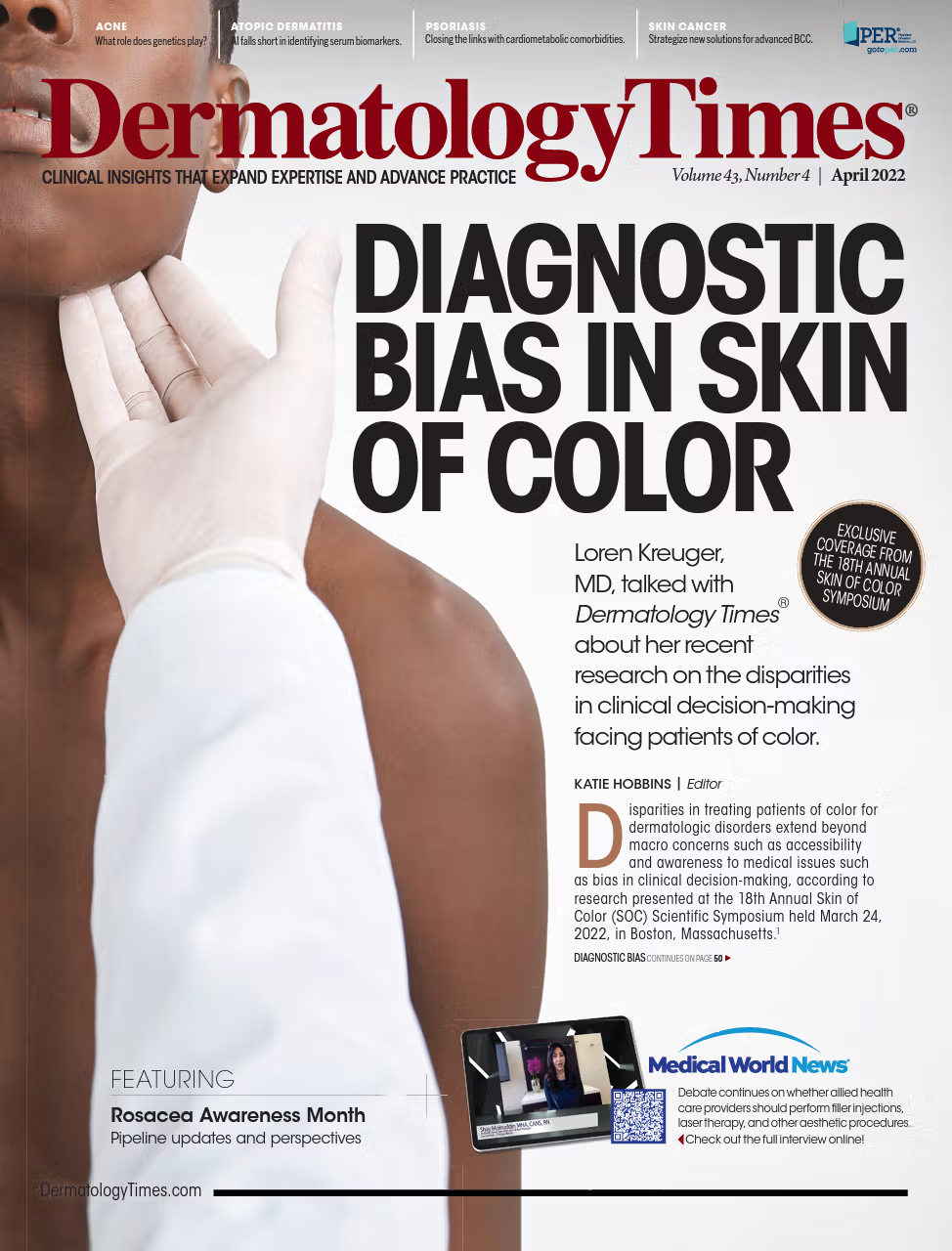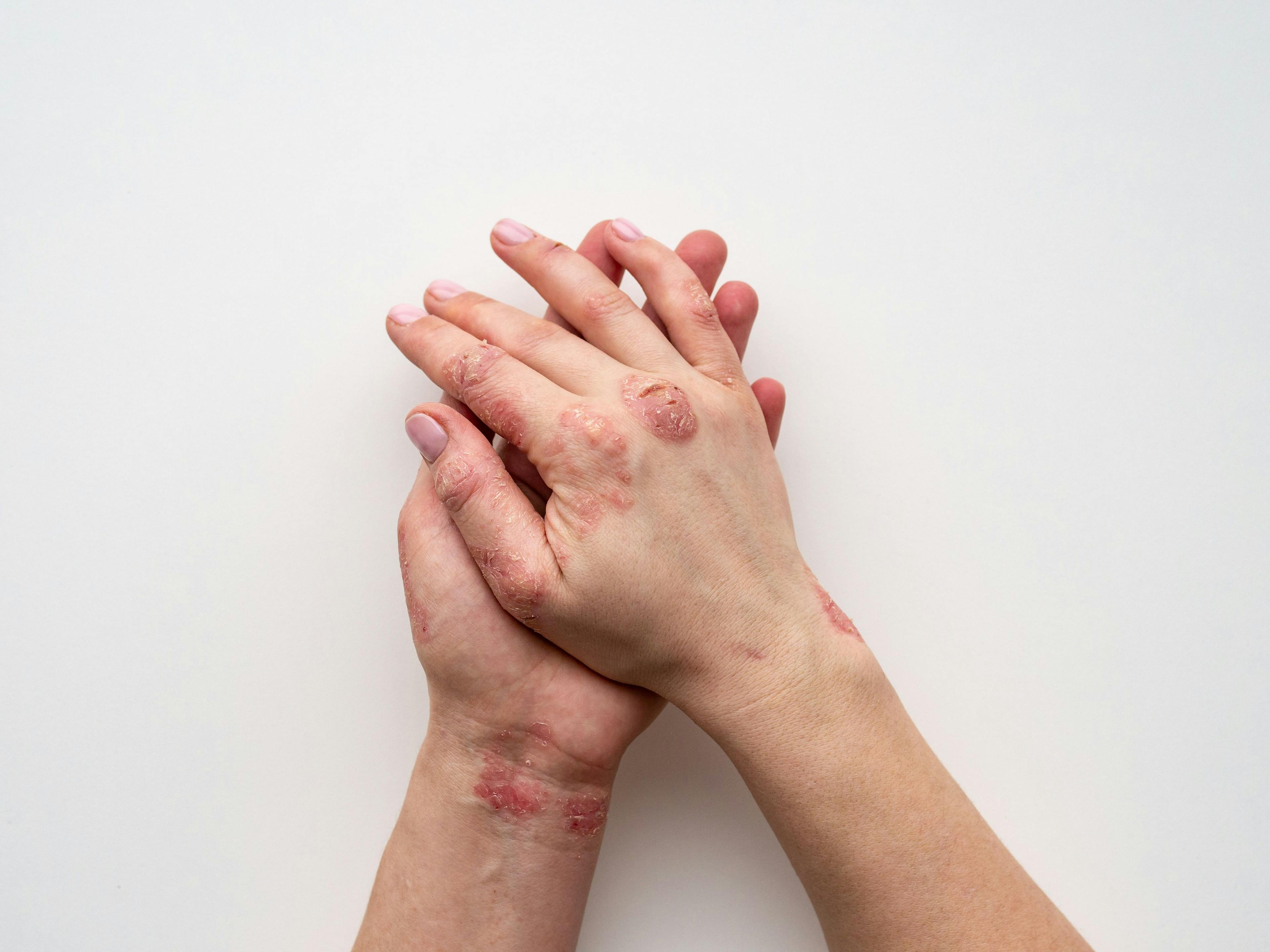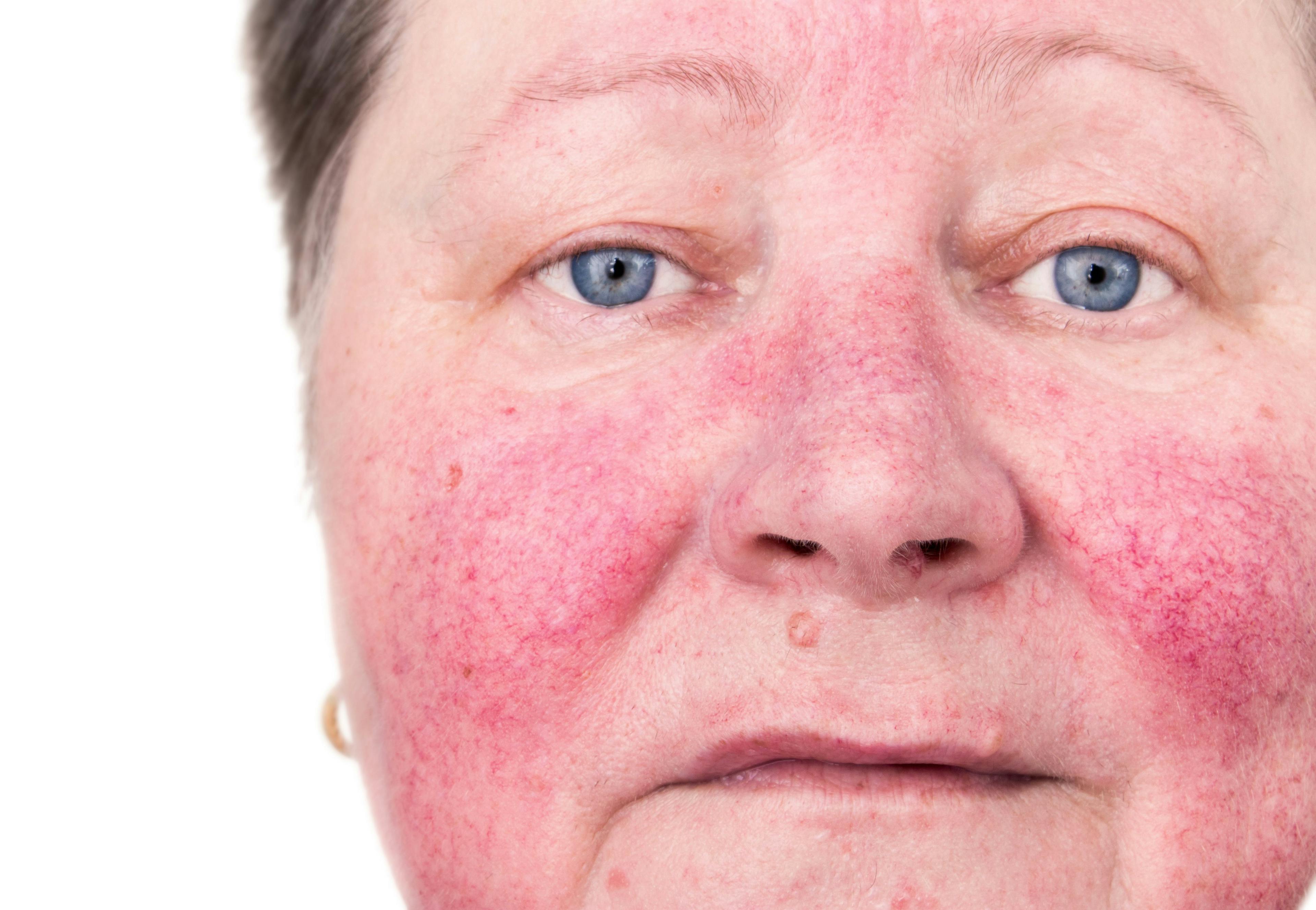- Acne
- Actinic Keratosis
- Aesthetics
- Alopecia
- Atopic Dermatitis
- Buy-and-Bill
- COVID-19
- Case-Based Roundtable
- Chronic Hand Eczema
- Chronic Spontaneous Urticaria
- Drug Watch
- Eczema
- General Dermatology
- Hidradenitis Suppurativa
- Melasma
- NP and PA
- Pediatric Dermatology
- Pigmentary Disorders
- Practice Management
- Precision Medicine and Biologics
- Prurigo Nodularis
- Psoriasis
- Psoriatic Arthritis
- Rare Disease
- Rosacea
- Skin Cancer
- Vitiligo
- Wound Care
Publication
Article
Dermatology Times
Cellular Grafting in Vitiligo
Author(s):
Vitiligo is challenging to treat; fortunately, continued research has led to improvements and refinements in options, giving much-needed hope to patients with this skin condition.
Vitiligo has always been challenging to treat, with a range of options available to patients. Although conservative approaches can be effective, recent advances in surgical techniques have put this treatment approach back in the spotlight.
With a still largely unknown etiology, vitiligo is a common acquired skin disorder thought to be of autoimmune origin, in which destruction of skin melanocytes results in well-demarcated white patches on the body. Vitiligo is classified as nonsegmental and segmental, subgroups further categorized into stable and unstable disease. About 10% to 15% of patients have segmental vitiligo, meaning just 1 segment of the body—eg, half of the face or 1 arm or leg— is affected, and 85% to 90% have the nonsegmental variant.
“Both segmental and nonsegmental vitiligo variants can respond well to topical treatment, light treatment, and surgery, as long as the lesions are not actively growing and the clinician can evaluate before-and-after images to determine whether vitiligo lesions are stable or unstable,” said Iltefat Hamzavi, MD, of Hamzavi Dermatology/Dermatology Specialists of Canton, Michigan. He spoke at the 2022 American Academy of Dermatology (AAD) Annual Meeting, held March 25 to 29 in Boston, Massachusetts.1
In nonsegmental vitiligo, clinical signs of unstable lesions include confetti-like macules, Köebner phenomenon, and trichrome vitiligo. According to Hamzavi, unstable lesions of either variant are best stabilized with phototherapy; topicals; and, sometimes, systemic agents.
Stabilized segmental vitiligo is unlikely to spread, Hamzavi said. Just 10% to 15% of these patients will develop additional lesions, whereas most patients with nonsegmental vitiligo, which can spread anytime, will develop additional lesions. However, segmental vitiligo lesions tend to expand and then stabilize and, according to Hamzavi, can be a challenge to treat because melanocytes won’t come back without replacement therapy.
“The success of surgery in segmental vitiligo ranges anywhere from 70% to 90% of complete repigmentation that lasts more than 7 years,” Hamzavi said. “This is largely due to a different immunology, which is clinically manifested in that the lesions usually do not expand and affect another location. For that patient population, surgery is going to be your best option should topical and phototherapy approaches fail.”
Surgical therapy can also be used in nonsegmental vitiligo patients with good results; however, because of the increased immunologic state, clinicians must make sure the lesions are stable both before and after the transplant, according to Hamzavi. Patients with nonsegmental vitiligo require medical therapy in addition to surgery to optimize outcomes.
“Segmental and nonsegmental vitiligo both respond to surgery, but the response rates are higher in segmental vitiligo because the immunology is quite unstable,” Hamzavi said. “In my experience, segmental vitiligo really requires a surgical approach, and in most instances, you can get an excellent response.”
Traditional surgical approaches such as punch grafting, split-thickness skin grafting, and suction blister grafting, as well as the melanocyte-keratinocyte transplantation procedure (MKTP) consisting of noncultured epidermal cell suspension, have all proved effective.
“MKTP is a type of cellular grafting procedure that has recently been refined and simplified for easier access and implementation. Compared [with] the more traditional grafting techniques, the response rates with the MKTP approach are much better, often making this the preferred surgical approach,” said Davinder Parsad, MD, a professor in the Department of Dermatology, Venerology, and Leprology at Postgraduate Institute of Medical Education and Research in Chandigarh, India. He spoke at the same AAD meeting session, “Cellular Grafting in Vitiligo: Exciting Options.”
One major advantage of cellular grafting over tissue grafting is that a much larger surface area can be treated in a single procedure. In cellular grafting, a 1-cm graft can cover a 6-cm area, whereas in tissue grafting, the ratio is 1:1. Another advantage of cellular grafting: It provides a better color match with the skin, Parsad said, and can assimilate a more natural repigmentation, increasing patients’ acceptance of this surgical modality.
In the past, cellular grafting was considered very laboratory dependent, requiring dedicated facilities with special trained staff to process tissues. Continued refinements and tweaks to the technique have made the procedure much more approachable for the clinician.
According to Parsad, washing of tissue no longer requires special preparation, simplifying the process. Other modifications include using the required amount of dilution, circumventing the need for centrifugation, and using dermabrasion or a derma roller to prepare recipient areas for application of the cellular suspension.
“Cellular grafting techniques can also be combined with other medical treatment modalities, including the use of phototherapy and topical tacrolimus, helping to ensure a faster, enhanced, and complete repigmentation of the area,” Parsad said.
For patients with stable vitiligo that requires surgical management, cellular grafting has become a first-line therapy. According to Parsad, the process has been simplified and can be performed by any dermatologist who has surgical training and appropriate tools.
“Surgical options have to be part of your armamentarium if you want to treat vitiligo patients. If you only offer phototherapy, topicals, and systemics, you can’t treat patients to complete repigmentation, and there is almost nothing that consistently provides the level of repigmentation that surgery offers in the right patient,” Hamzavi said.
Disclosures:
Hamzavi is an investigator for and adviser to Avita Recell. Parsad reported no relevant disclosures.
Reference:
Hamzavi I, Parsad D. Cellular grafting in vitiligo: exciting options. Presented at: 2022 American Academy of Dermatology Annual Meeting; March 25-29, 2022; Boston, MA.

Newsletter
Like what you’re reading? Subscribe to Dermatology Times for weekly updates on therapies, innovations, and real-world practice tips.






























